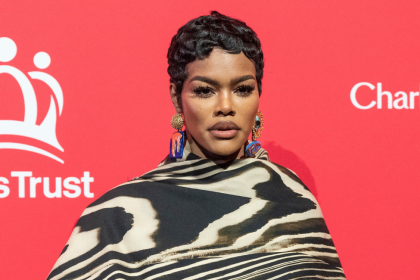Visual health is critical, yet often taken for granted until problems begin to surface. Most of us are aware that certain diseases or injuries can lead to vision loss, but many do not realize that everyday behaviors can also jeopardize our sight. In this article, we will explore five health behaviors that can significantly increase the risk of becoming blind. Addressing these habits can not only protect your vision but also enhance your overall well-being. Let’s delve into these behaviors, understand why they are harmful and discuss how to mitigate their risks.
1. Smoking
Impact on vision
Smoking is widely known for its harmful effects on the lungs and heart, but its impact on eye health is equally alarming. Smokers are at a significantly increased risk of developing cataracts, the leading cause of blindness globally. Additionally, smoking can lead to macular degeneration, a condition that destroys the central vision needed for activities like reading and driving.
Preventive measures
Quitting smoking can drastically reduce the risk of vision problems. Support groups, nicotine replacement therapies and counseling can assist individuals in breaking the addiction. Regular eye check-ups can also help detect and address any emerging vision issues early.
2. Poor diet
Impact on vision
A diet lacking in essential nutrients can lead to several eye conditions, including vitamin deficiency-related sight problems. For example, a deficiency in vitamins A, C, and E — as well as zinc and omega-3 fatty acids — can result in night blindness and an increased risk of macular degeneration and cataracts.
Preventive measures
Incorporating a diet rich in fruits, vegetables, nuts and fish can provide these vital nutrients. Foods like carrots, sweet potatoes, spinach and almonds are particularly beneficial for eye health. Regular nutritional assessments with a health care provider can ensure you’re receiving the necessary nutrients to support eye health.
3. Excessive alcohol consumption
Impact on vision
Excessive alcohol intake can lead to toxic optic neuropathy, a serious condition where the optic nerve is damaged, leading to vision loss. Alcohol abuse also increases the risk of age-related macular degeneration.
Preventive measures
Moderation is key when it comes to alcohol. Guidelines suggest limiting intake to one drink per day for women and two for men. Additionally, ensuring hydration and a balanced diet can help mitigate the risks associated with alcohol consumption.
4. Overexposure to sunlight
Impact on vision
Chronic exposure to UV rays without proper eye protection can lead to photokeratitis (sunburn of the eye), cataract development and eyelid cancers. Furthermore, it can contribute to the growth of pterygium, tissue growth on the white of the eye that can obstruct vision.
Preventive measures
Wearing sunglasses with 100% UVA and UVB protection, using broad-brimmed hats and avoiding direct sun exposure during peak hours can protect your eyes from harmful UV rays.
5. Inadequate eye protection
Impact on vision
Engaging in sports or work environments without appropriate eye protection can lead to traumatic eye injuries. Such injuries can cause immediate and severe vision loss and increase the risk of developing secondary vision problems.
Preventive measures
Always wear protective eyewear suited to the specific activity — be it sports goggles for basketball or safety glasses in a workshop. Ensure that the eyewear adheres to the safety standards necessary to protect against potential hazards.
Preserving vision through healthy behavior
Maintaining eye health is more within our control than many might initially believe. By consciously avoiding or adjusting the five risky behaviors discussed, individuals can significantly lower their chances of vision impairment and even blindness. It is crucial to recognize that regular eye examinations are not just routine checks but a fundamental part of preventing serious eye diseases. Coupled with these exams, adopting a balanced lifestyle plays a pivotal role in eye health. This includes maintaining a nutritious diet rich in eye-friendly vitamins and minerals, ensuring moderate alcohol consumption and quitting smoking.
Protective measures — such as wearing sunglasses with complete UV protection and using appropriate safety eyewear during high-risk activities — are essential. These habits help shield the eyes from everyday environmental risks, reducing the potential for both immediate and long-term damage. Remember, vision is a precious gift — protect it with the choices you make every day. Each decision to engage in healthy behaviors or to avoid harmful ones contributes significantly to the preservation of your sight, ensuring that this vital sense is protected for years to come.
This story was created using AI technology.














